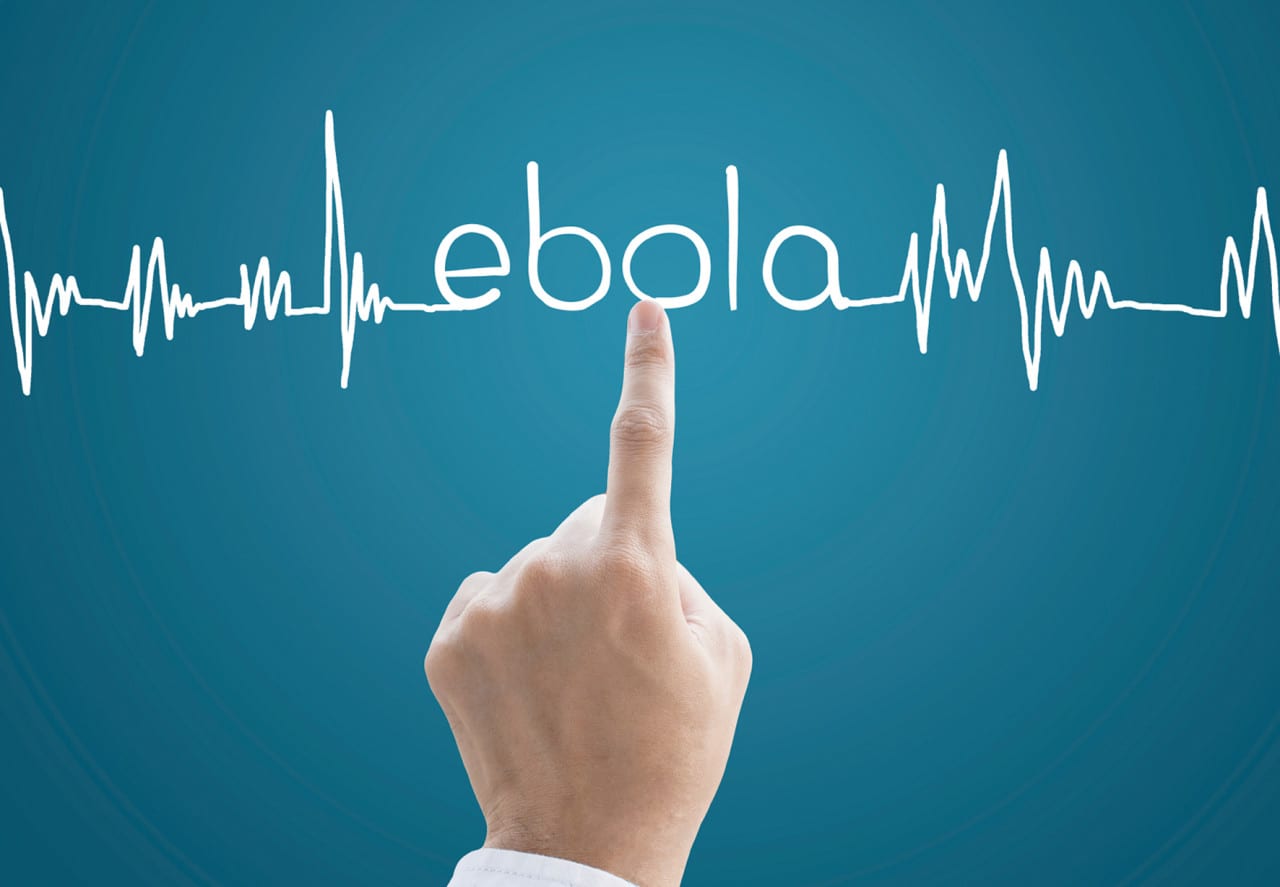The current Ebola epidemic is the largest in history, according to statistics from the U.S. Centers for Disease Control and Prevention. And while efforts to contain the disease are showing preliminary…

© 2024 Access Intelligence, LLC – All Rights Reserved. |